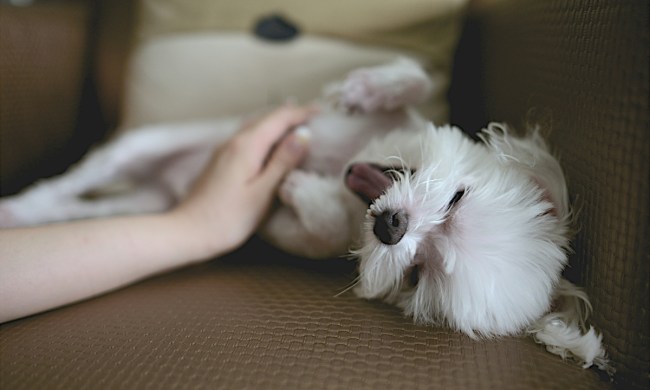Not all dog breeds will be your perfect match, but we have no doubt that there’s a furry friend out there for you. From massive, gentle giants to energetic small dogs — the options are endless. There really is a pup for every person; you just have to know where to start your search.
Terriers are some of the most diverse breeds, but that doesn’t mean all terrier breeds will vibe well with just any owner. Each type has its own demeanor, energy level, and health needs, so make sure to do your research. Of course, every individual dog will differ from others, but breed characteristics are a great way to begin your search for the perfect pet.
Could one of these terrier breeds of dogs be right for you?
Is a terrier a good house dog?

Terriers come in all shapes and sizes, from the tiny Yorkie to the hefty American Staffordshire. That makes doing your research even more important since you’ll want to narrow it down. One big thing that most of these guys have in common is lots of energy. Terriers have a history of hunting and will often display those behaviors, which can include becoming destructive.
It’s very important that you give them a sufficient amount of exercise — up to two hours depending on the breed, despite their generally small size. Make sure to invest your time in training (and consider consulting an expert) so that you lay a good foundation for your dog, who will love to learn tricks and play games. These seven breeds run the gamut but they all have that spunky terrier spirit.
American Staffordshire terrier
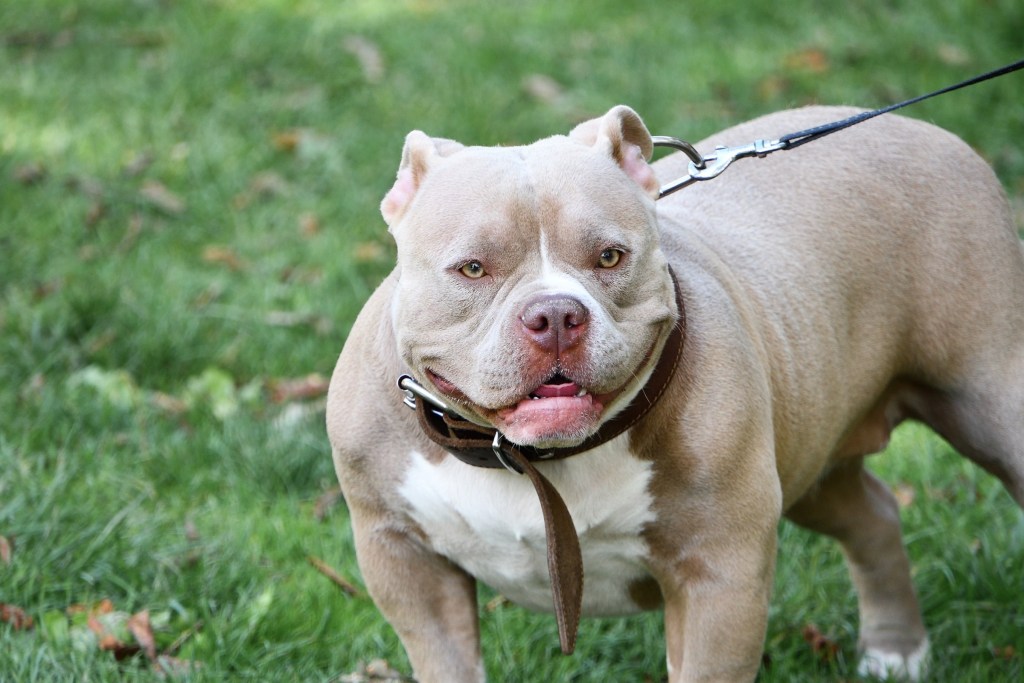
Not everyone knows that pit bull breeds are actually terriers, but it’s true! For example, the American Staffordshire terrier (aka the AmStaff) looks very different from the small dogs that people picture when they think of terriers. Still, they were bred to hunt animals, just like all the other breeds on this list. Nowadays, though, these dogs prefer to romp and relax with loved ones.
The American Kennel Club (AKC) describes this breed as “good-natured, confident, and smart,” though any experienced owner knows that it takes consistent training and love to raise a well-behaved dog. And that’s not just for Staffordshire terriers — it’s a rule with any breed!
Norfolk terrier
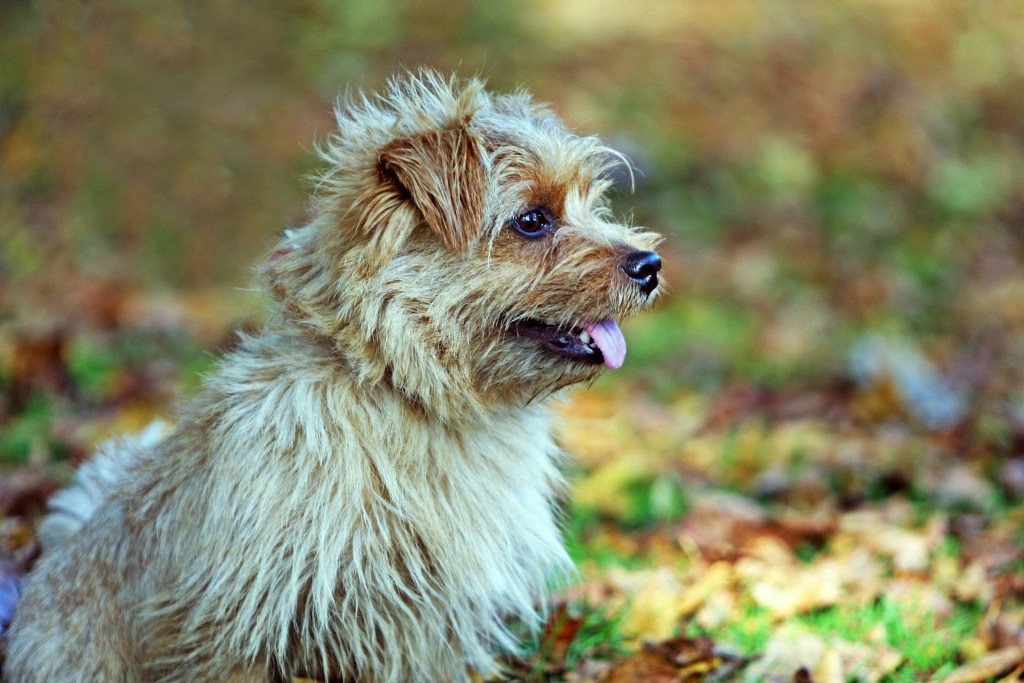
Norfolk terriers are much smaller and more mischievous than their American Staffordshire cousins. Hill’s Pet describes them as “small, active dogs” who love attention as much as they love activity. Their small size can make them suitable for homes with tiny yards, but any potential owner should keep an eye out for the Norfolk terrier-like digging habit.
And remember — this breed’s original purpose was to hunt vermin, so these dogs may chase and even kill small animals like rodents or birds. They may not be trustable off-leash, but you can be sure you’re getting a loyal companion for life.
Bull terrier
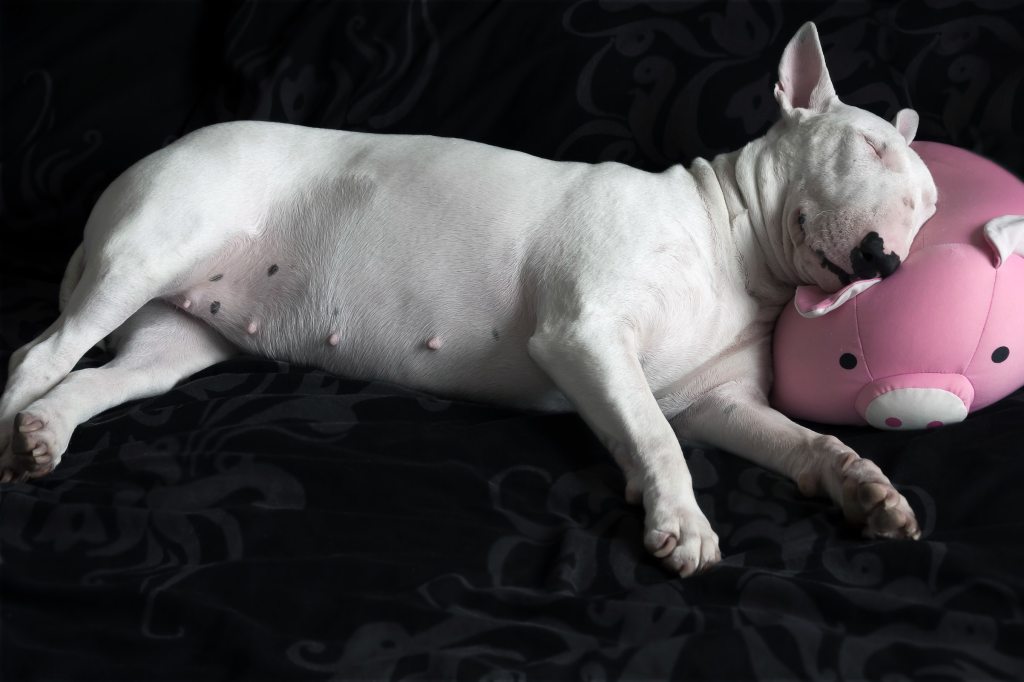
This unique-looking breed is best recognized through Bullseye the Target mascot, though any dog of this kind is sure to make you smile. They’re known for being the comedians of the dog world, after all. Even the way these “eggheads” walk has a certain charm!
As silly and stubborn as they can be, bull terriers are also famous for muscular power — though you’ll likely only see that power during playtime. Still, let their strong physique be a reminder that every breed needs regular exercise and stimulation — even if they’re already fit!
Scottish terrier
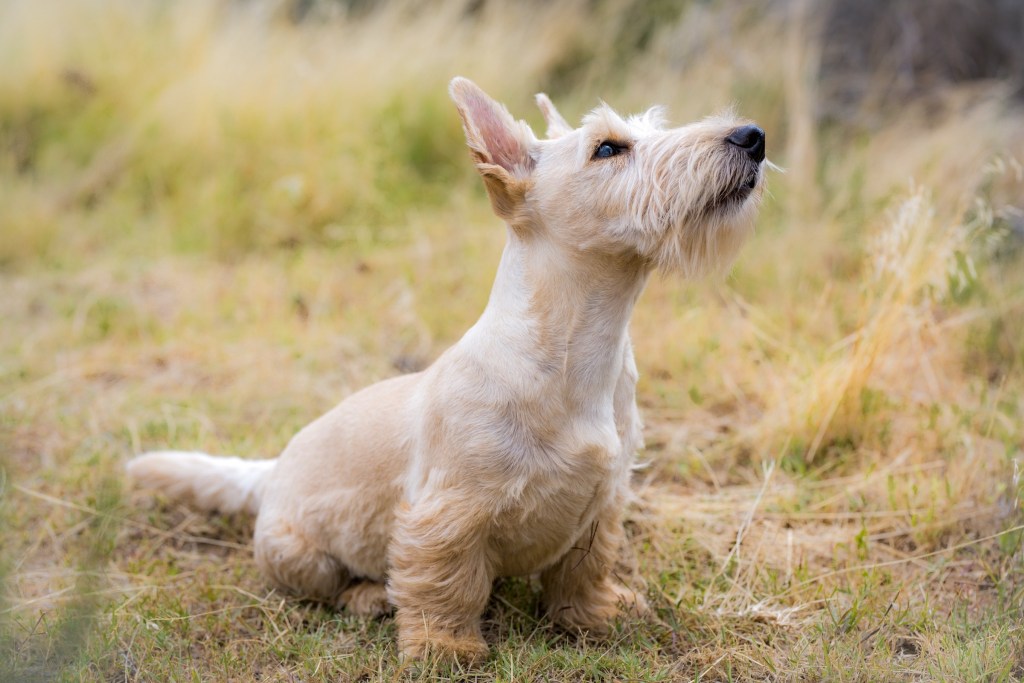
Nothing says “Scottie” quite like this breed’s recognizable wiry coat and long beard. Still, those who are familiar with this breed know how big their personalities can be. Their independent, confident spirits are just as characteristic of this breed as their physical traits!
Some might even call Scottish terriers aloof around those they don’t know, though these dogs can also be especially affectionate with loved ones. Their businesslike personality can make them great watchdogs, though they’ll be just as happy to walk and play, too.
Yorkshire terrier
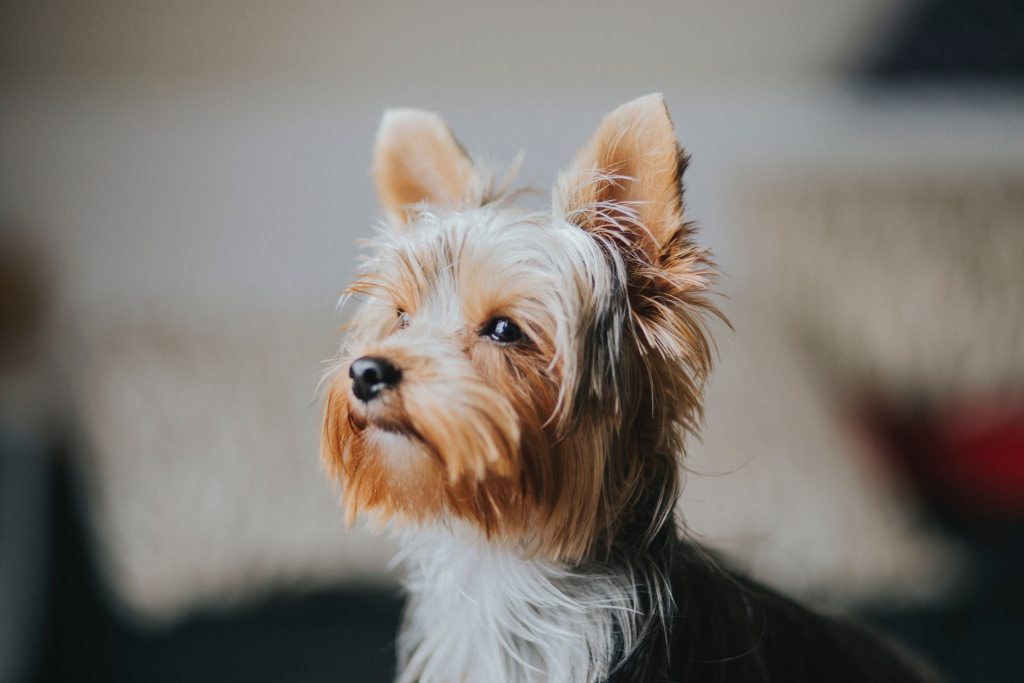
Yorkies are one of the most popular terriers out there (although they’re officially classified as a toy breed), and it’s easy to understand why. This breed is practically synonymous with affection! They adore their loved ones and make wonderful, pocket-sized companions, but don’t forget — they’re still terriers.
Although Yorkshire terriers are small, their personalities are larger than life. The AKC says that they can be downright feisty and stubborn at times, but their outgoing ways are sure to provide years of entertainment for their owners. And since they have hair instead of fur, they’re a great breed for people who are allergic to dogs.
Russell terrier
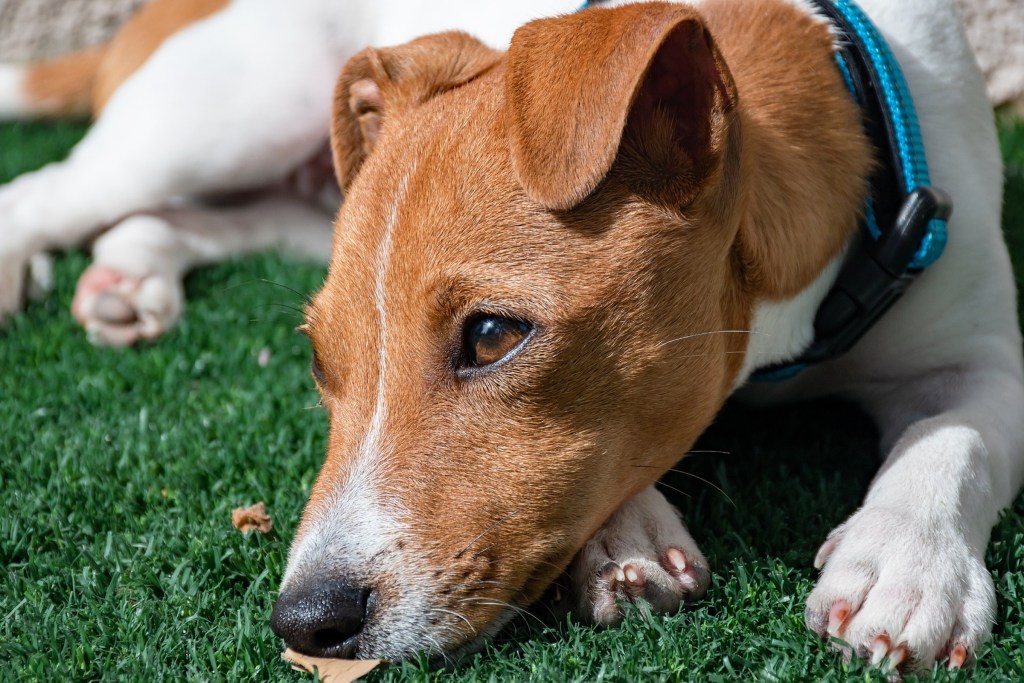
These small dogs are full of energy, spunk, and love, which makes them a great match for active individuals or families. In fact, these dogs need a lot of outdoor time and mental stimulation in order to stay happy. Purina notes that Russell terriers are companion dogs and “tireless workers,” so you’ll have a friend and a workout buddy all in one. Consider this your warning, though — these little hunters can run fast when they want to.
Soft-coated wheaten terrier
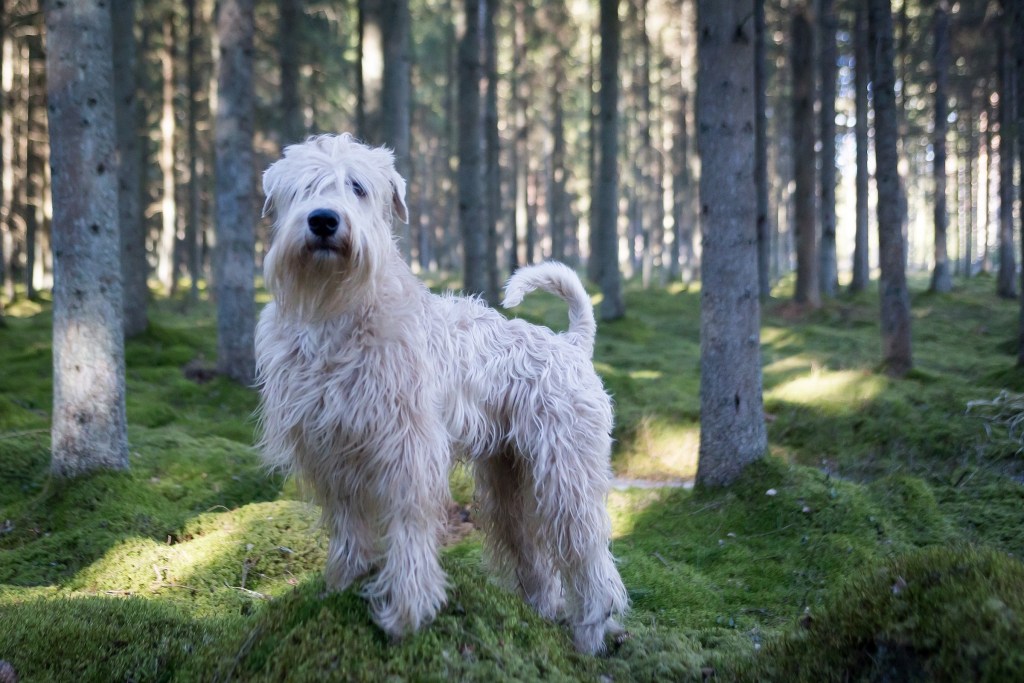
These larger terriers are known for their happy-go-lucky personalities, but the AKC tells readers that they’re “just stubborn enough to remind you” that they’re terriers. They’re also incredibly smart and will almost always prefer to be in the company of their people. That intelligence comes at a cost, though — wheatens can get into quite a bit of mischief!
These dogs were bred as Irish farm dogs and still retain some of their high energy, but parents will love to learn that these dogs make excellent family pets. They’re incredibly affectionate and playful, plus they’re hypoallergenic, too.
These seven terrier breeds can be perfect pets for the right owners, but there are even more breeds you can consider. If one of these pups caught your interest, don’t be afraid to start your research! Planning and preparation are vital for welcoming a new furry friend into your home, after all, so why wait?


